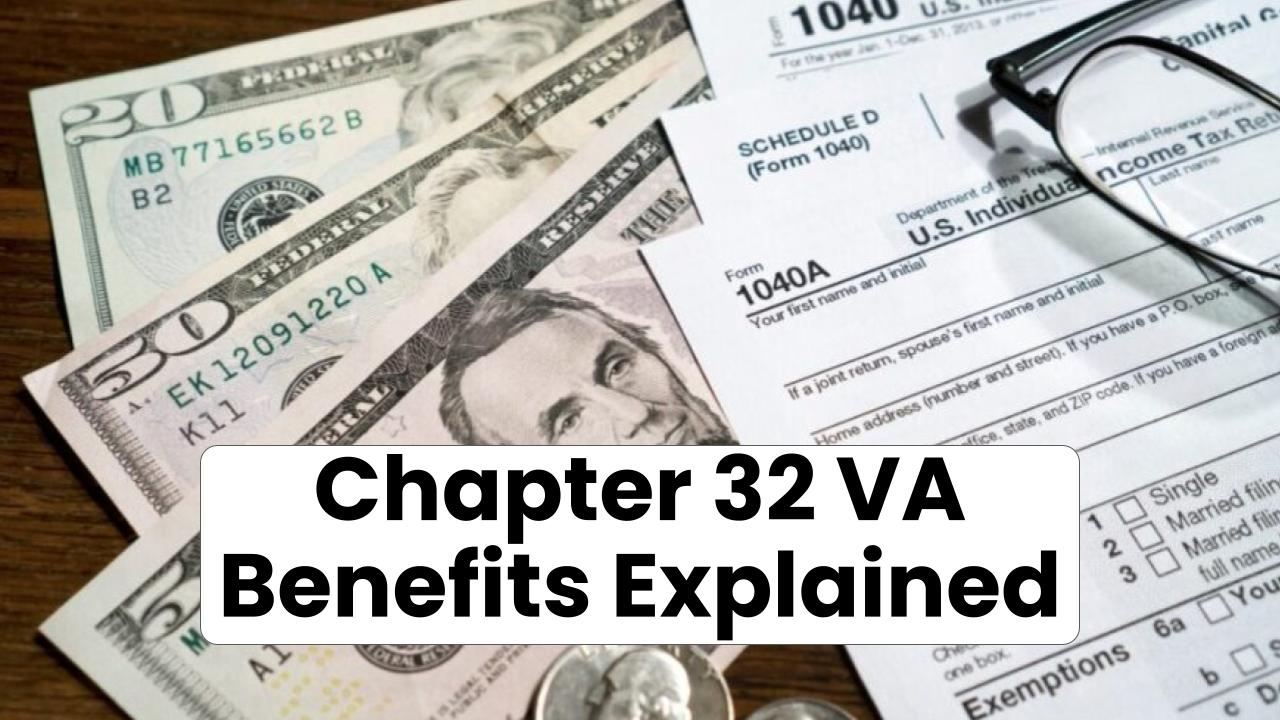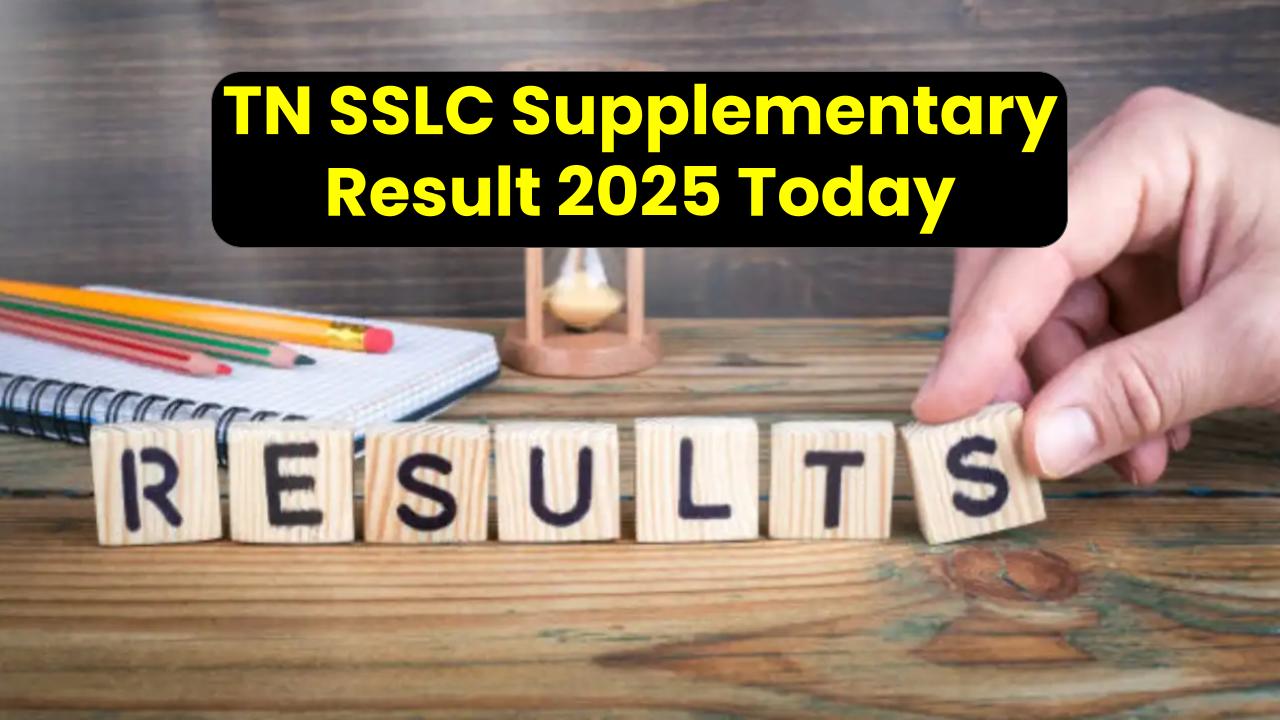Winter’s chill isn’t just something you feel in your bones – it can also affect your wallet. As temperatures drop, energy bills rise, and heating becomes a necessity. The UK government’s Cold Weather Payment scheme has been a lifeline for many, offering financial relief during those harsh cold spells.

Cold Weather Payment 2025
| Key Points | Details |
|---|---|
| What is Cold Weather Payment? | A £25 payment to help with heating costs during cold spells. |
| Eligibility | You must receive benefits like Pension Credit, Universal Credit, or Income Support. |
| Trigger Rules | Payments are triggered when the average temperature is 0°C or below for 7 days. |
| Payment Timeline | Payments are made within 14 working days of a cold spell being confirmed. |
| Who Can Benefit? | Low-income households, those with disabilities, pensioners, or children under 5 years old. |
| Official Resources | UK Government Cold Weather Payment |
| Winter Fuel Payments | Additional winter support to help with heating costs. |
Winter can be tough, especially when it comes to keeping your home warm. The Cold Weather Payment is a helpful program designed to ease the burden of heating costs for eligible individuals. By meeting the criteria and understanding how the payment works, you can make sure you’re getting the financial relief you deserve.
As winter approaches, check your eligibility, track the weather, and stay informed about other forms of winter support. With this guide, you’re all set to make the most of the assistance available to you during those chilly months. Stay warm, stay safe, and make sure you’re financially covered!
Introduction
Every winter, temperatures drop, and our heating bills climb. But for some people, the cold weather is more than just an inconvenience. For those on a tight budget, cold temperatures can be a genuine hardship. That’s where Cold Weather Payments come into play. These payments, issued by the UK government, offer financial assistance to help cover the cost of heating when the mercury plunges.
So, how does it work? Who is eligible? And, more importantly, how can you ensure you’re getting the help you need during those freezing cold spells? In this guide, we’ll break down everything you need to know about the Cold Weather Payment 2025, from the eligibility criteria to how the payment is triggered, and when you can expect it in your bank account.
What Is Cold Weather Payment?
The Cold Weather Payment is a financial aid program provided by the UK government to help low-income households with the extra cost of heating during particularly cold weather. Each £25 payment is made for every seven-day period when the average temperature in your area is recorded as 0°C (32°F) or below.
The aim is simple: assist people who are already receiving certain benefits, especially during the winter months, when heating costs spike. It’s an automatic payment, meaning you don’t need to apply for it – if you’re eligible, the government will make sure you receive it.
Eligibility for Cold Weather Payment
Here’s where it gets important: who qualifies for Cold Weather Payments? If you’re receiving any of the following benefits, you’re likely eligible for the payment when the conditions are met.
1. Pension Credit
Pensioners on Pension Credit automatically qualify for Cold Weather Payments. This benefit is specifically designed for those over state pension age who are struggling financially. If you’re receiving Pension Credit, you’re good to go – just make sure you check the temperature in your area.
2. Universal Credit (UC)
If you’re on Universal Credit, you’ll qualify for Cold Weather Payments under the following conditions:
- Neither you nor your partner are employed or self-employed.
- You or your partner have a health condition or disability that limits your ability to work.
- You have a child under the age of 5 living with you.
3. Income Support
If you receive Income Support and you meet specific criteria, such as having a disabled child or a pensioner premium, you may also be eligible for Cold Weather Payments.
4. Income-Based Jobseeker’s Allowance (JSA)
Those receiving Income-Based JSA are eligible if they have a disabled child or are receiving a pensioner premium.
5. Income-Related Employment and Support Allowance (ESA)
For those receiving Income-Related ESA, you must meet similar eligibility criteria to Income Support. This includes having a disabled child, a pensioner premium, or other specific circumstances that make you eligible.
6. Support for Mortgage Interest
If you’re on Support for Mortgage Interest, you could qualify for Cold Weather Payments, so long as the weather triggers the necessary conditions.
When Will You Receive Your Cold Weather Payment?
Once you meet the eligibility requirements and the cold weather triggers the payment, you might be wondering when you’ll see the money. Here’s how it works:
Payment Timeline
Cold Weather Payments are typically made within 14 working days of the trigger being activated. If temperatures fall to 0°C or below for seven consecutive days in your area, the payment is processed, and you can expect to see the £25 payment in your account within two weeks.
The payments are automatically sent to the same bank account where you receive your regular benefits.
Example
Let’s say your area experiences seven days of freezing temperatures from January 1–7, 2025. The payment would be processed, and you should have it in your account by January 21, 2025, at the latest.
How to Check If You’re Eligible
To check if you’re eligible for Cold Weather Payments in your area, you can use the official government postcode checker on the UK Government website. The tool will help you determine whether the weather conditions meet the necessary criteria for your location.
- Cold Weather Payment checker for England and Wales
- Cold Weather Payment checker for Northern Ireland
It’s important to keep an eye on the weather forecast, especially during the winter months. If your area is experiencing multiple cold spells, you may receive multiple payments.
What to Do If You Don’t Receive Your Payment
If you think you should have received a Cold Weather Payment but haven’t, don’t panic. Here’s what you can do:
- Check Eligibility: Double-check your eligibility. Make sure you’re receiving one of the qualifying benefits and meet all the criteria.
- Contact the Department for Work and Pensions (DWP): If you’re sure you’re eligible and the cold spell has occurred, get in touch with the Pension Service or Jobcentre Plus. They’ll help you sort out the issue.
- For Universal Credit Recipients: Log into your Universal Credit account and send a message via the journal, or reach out to the Universal Credit helpline.
FAQs
1. What if the temperature is close to freezing, but not quite at 0°C?
Cold Weather Payments only activate when temperatures are 0°C (32°F) or below for seven consecutive days. If it doesn’t hit this threshold, no payment will be made.
2. Can I get multiple payments in one winter?
Yes! If your area experiences several cold spells over the winter, you could receive multiple Cold Weather Payments. Each seven-day period of freezing temperatures qualifies for a new payment.
3. Are Cold Weather Payments taxable?
No, Cold Weather Payments are not taxable. They are designed to help with heating costs and are exempt from tax.
4. How much is the payment?
The payment is a flat rate of £25 for each seven-day period of qualifying cold weather.
5. How can I apply for Cold Weather Payment?
There’s no need to apply. If you’re eligible, the payment is made automatically.
Additional Winter Support
The Cold Weather Payment isn’t the only financial aid available during the winter. Other government support schemes include:
- Winter Fuel Payments: A one-off payment to help with heating costs for people born before 23 September 1958.
- Warm Home Discount Scheme: A £150 discount on electricity bills for eligible households.
- Household Support Fund: Local councils can provide additional help for essentials like food and heating.
You can apply for these programs through official government channels.








